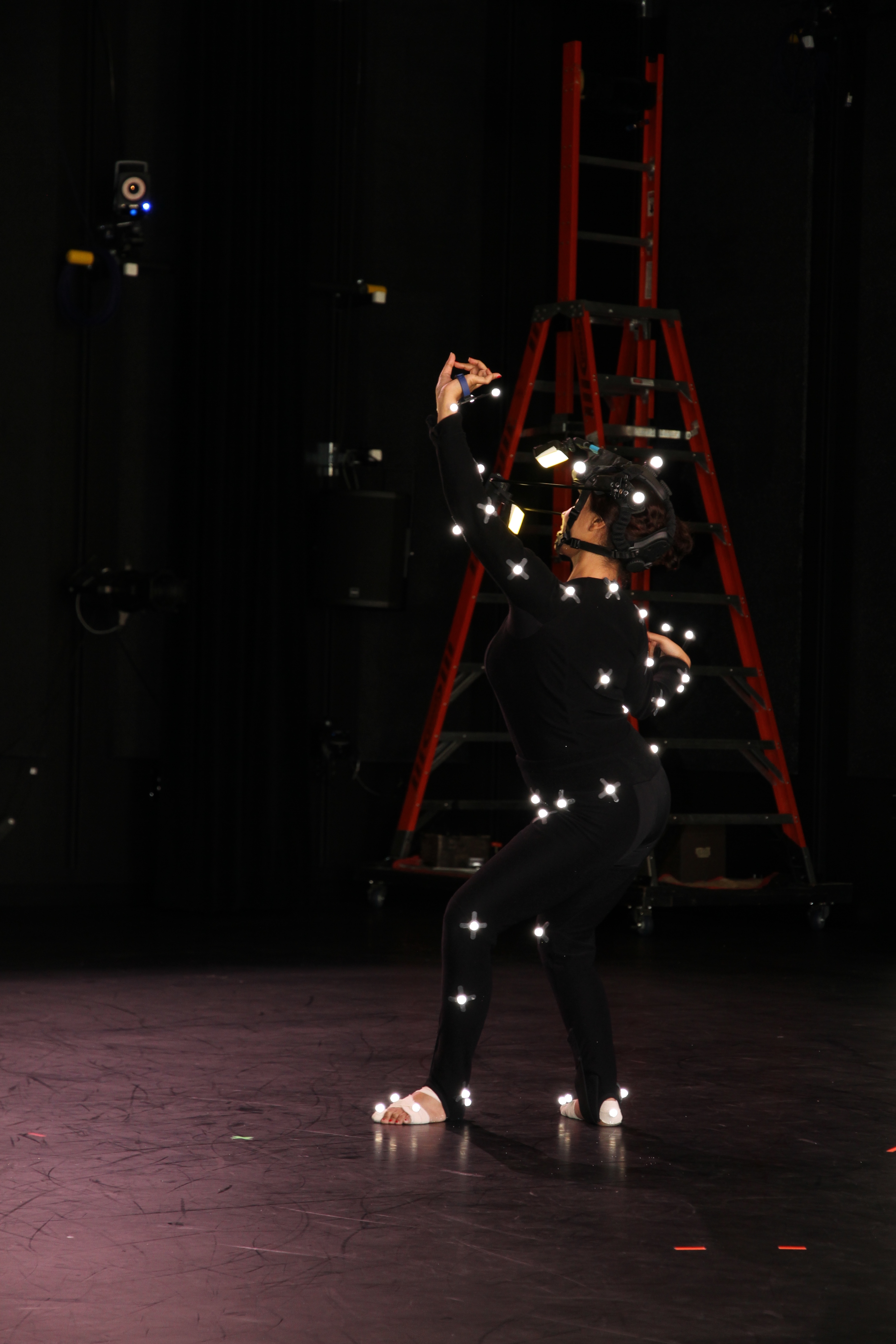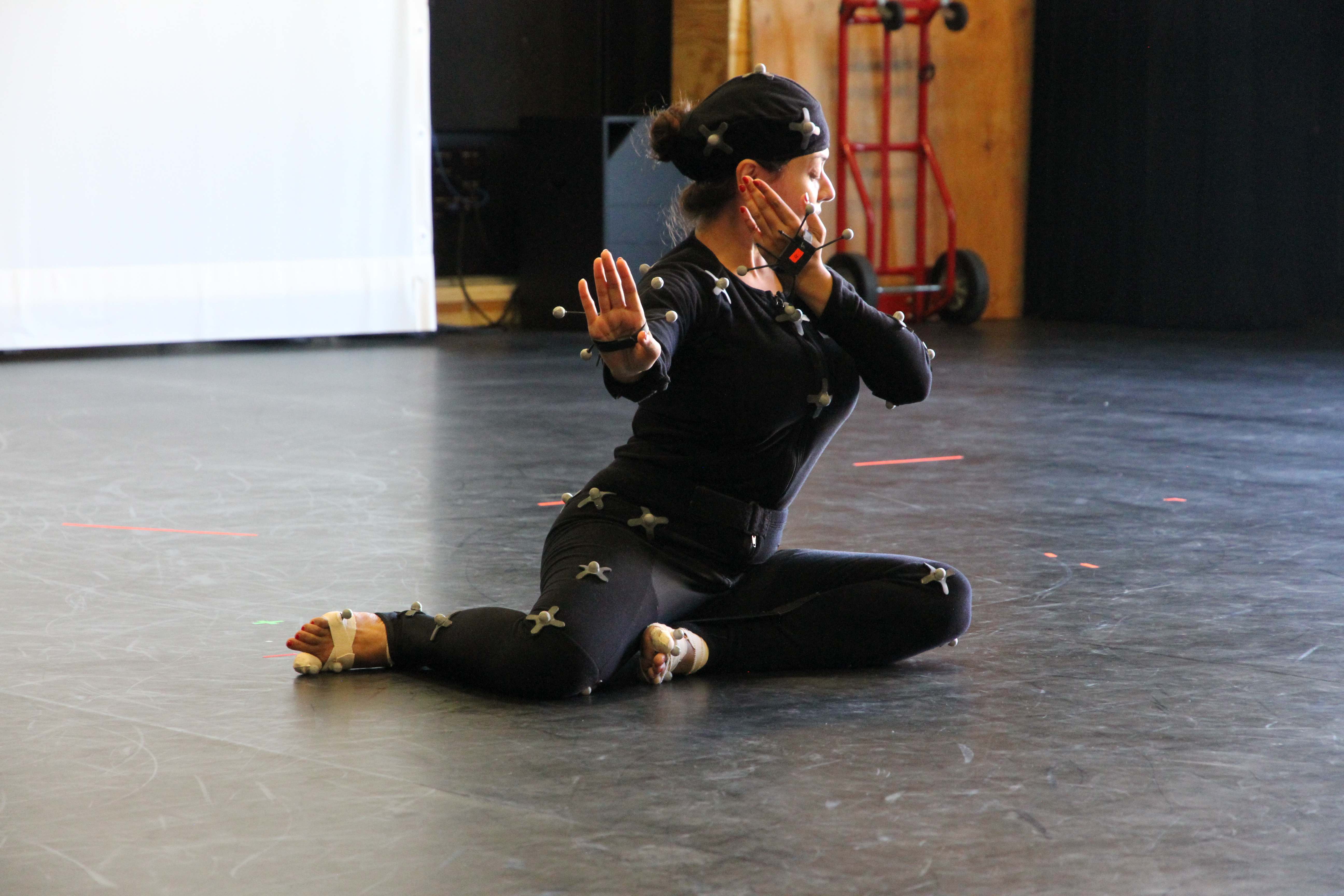Retracing the Mahari

Repurposing movement using digital methods opens an array of questions regarding the scope, meaning, and purpose of movement. To begin with, movement can be abstract and not easily penetrable. However, thinking of gesture as codified information has the potential to reorient the relationship with the moving body. Mediation, in that case, becomes a conceptual maneuver to rework accessibility. This project starts with my interest in mediation as a conceptual basis as I investigate the historical mediation of the Mahari (temple-dancer) movement in my contemporary Odissi dancing body. Furthering the concept of mediation, I connect technological mediation with historical mediation to actualize and exaggerate the aesthetic practices of the Mahari in the digital medium. In this way, I can subvert my dancing body that historically appropriates Mahari movement in the first place. Towards thinking through the eruption of multimodal narrative across media, I bring alive certain elements that historically connect to the Mahari, such as stone sculpture. The temple-dancers are known to have been mythically related to the Alasa-Kanyas, or stone sculptures adorning the temple-walls of Odisha. In my collaboration with digital architects, the motif of stone sculpture was heavily cited and creatively engaged with via culturally specific material culture showing up within the design interface.
The relevance and scope of this project haunts me from the very outset and I question the significance of it in the context of understanding the Mahari aesthetics. I refrain from archiving and objectifying the Mahari in the digital medium. Instead, like her fleeting existence in the historicity of Odissi, I want to manifest traces of her artistic lineage in digitally repurposed movement. I find the digital medium as a conceptual holder of the loss of the Mahari since the loss of my dancing body—face, fingers, toes, and musculature—metaphorically approximates the disappearance of the historical Mahari.

Given that I am working with the materialization of historical movement while acknowledging the possibility of loss, I question the possibilities afforded by this loss of information. How can this digital approximation of my moving body contain the breath and life of the Mahari? How can I access movement that is lost? How can I tell the Mahari story through my movement abstracted from my expressive and emotive body? These questions formulate the primary motivation behind this investigation, bringing me to the impulse of archiving myself through video recording and motion capture. Mediation exists as an archive of my moving self. My moving body is captured on screen, as video, motion capture data, and 3D avatar moving with my movement data, and as the creation of a 3D animation model where my data is creating the object and it is being created in the processes of stasis and motility in my movement.